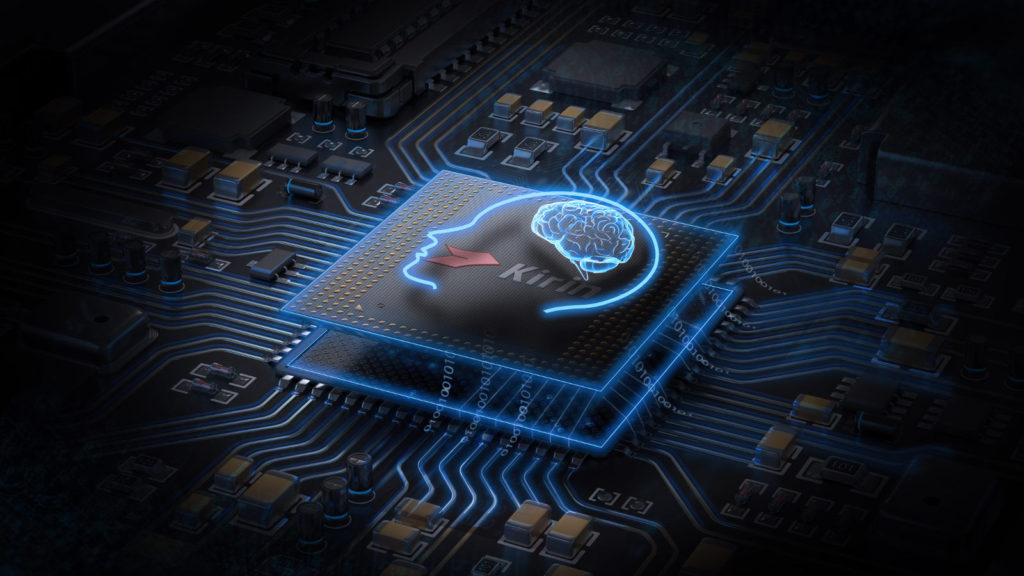OpenAI has launched GPT 5.2, a major model upgrade now available in both the API and ChatGPT. It is described as the company’s most…
Kirin 970 revealed: an AI-driven chip to power Mate 10 (and P11?)

Huawei’s Kirin processors have made astounding progress over the years, coming from the quad-core A9 chip seen in the P7 to last year’s flagship-level Kirin 960. Now, the company has officially peeled the curtain back on the Kirin 970.
In a rather interesting move, Huawei has chosen to add a “Neural Processing Unit” (NPU) onto the chip, enabling more advanced offline/on-device AI tasks.
How does it make for better AI?
“Compared to a quad-core Cortex-A73 CPU cluster, the Kirin 970’s new heterogeneous computing architecture delivers up to 25x the performance with 50x greater efficiency. Simply put, the Kirin 970 can perform the same AI computing tasks faster and with far less power,” Huawei wrote in a press statement.
The company claims that in an image recognition benchmark test, the Kirin 970 was able to process 2000 images per minute — faster than other chips.
The Chinese colossus also claims that the NPU could process 200 photos in six seconds. By comparison, the CPU took two minutes to process the same amount, Huawei notes.
Huawei added that it’s “positioning the Kirin 970 as an open platform for mobile AI” in a bid to find new applications for the AI-driven hardware. The chipset will be compatible with third party AI development platforms, such as Tensorflow, Cafe and more.
Read more – Interview: Mobile kingpin ARM on what’s next in 2018
So what other AI-related benefits could we expect from the Kirin 970? Huawei’s presentation also saw it mention task scheduling, “AI computing”, camera image processing, memory allocation, UI rendering/graphics processing, “real-time computer vision”, low power AR functionality and “precise language understanding”.
The AI emphasis jives well with last month’s reports, which claimed Huawei would heavily market the Kirin 970 in this regard. We surmised that the company would be using new ARM hardware designs to give an AI boost, delivering more on-device AI tasks. What we didn’t expect was that Huawei would add dedicated AI hardware, such as an NPU, into the mix.
Our big concern though is that we don’t see meaningful AI-driven features, but we’ll have to wait for the Mate 10 to judge for ourselves.
What about the traditional specs then?
There isn’t a massive change otherwise, with four high-powered A73 CPU cores (2.4Ghz) and four lightweight A53 cores (1.8Ghz). However, the two biggest changes are the move to the Mali G72MP12 GPU and a switch to a more efficient 10nm process.
In the case of the new GPU, chip designer ARM is promising “17% more efficient machine learning” on the device, compared to previous graphics chips. But what’s also interesting is that Huawei is opting for the 12-core version of the GPU, after using the eight core version of its predecessor. In fact, Huawei claims 20% better performance and 50% better efficiency as a result.
In the case of the new manufacturing process, we can expect better battery life and better sustained performance.
Otherwise, expect the Kirin 970 to make an appearance inside the Mate 10 and, if history proves us correct, inside next year’s flagship (P11).
Featured image: supplied

